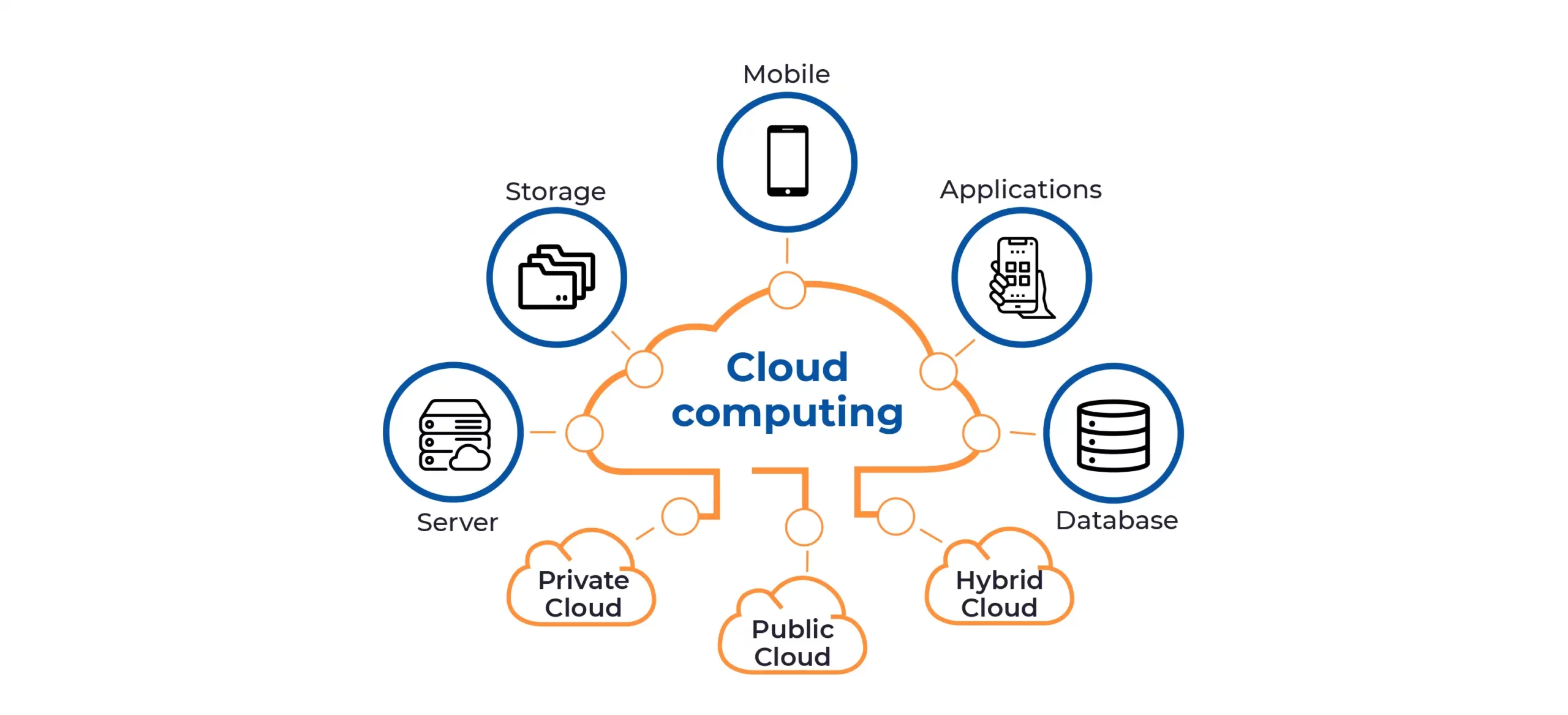Introduction
Blockchain, a transformative technology that emerged alongside Bitcoin in 2008, has rapidly gained prominence across various industries and captivated the attention of technologists, entrepreneurs, and investors alike. Initially designed as the underlying technology for cryptocurrencies, blockchain has now transcended its origins and evolved into a versatile tool with potential applications beyond digital currencies. This article aims to explore the fundamental concepts, workings, and potential implications of blockchain technology in a comprehensive 2000-word analysis.
The Basics of Blockchain Technology
1.1. Definition and Concept Blockchain is a distributed, decentralized, and immutable ledger system that records transactions in a secure and transparent manner. At its core, a blockchain consists of a series of blocks, each containing a batch of verified transactions. These blocks are connected in chronological order, creating a chain of data.
1.2. Cryptography and Consensus Mechanisms Cryptography plays a pivotal role in securing the information stored within blocks. Public and private keys ensure secure data transmission and prevent unauthorized access. Additionally, consensus mechanisms such as Proof of Work (PoW) and Proof of Stake (PoS) validate transactions and maintain the integrity of the blockchain.
How Blockchain Works
2.1. Decentralization and the Role of Nodes Blockchain operates in a decentralized network, where multiple nodes (computers) participate in the validation and verification of transactions. These nodes work collaboratively to reach a consensus on the state of the blockchain.
2.2. Mining and Transaction Validation In PoW-based blockchains, miners compete to solve complex mathematical puzzles, adding new blocks to the chain and earning rewards. In contrast, PoS relies on validators who lock up cryptocurrency as collateral to propose and validate blocks.
2.3. Smart Contracts are self-executing agreements with predefined conditions encoded within the blockchain. They allow for trustless automation of agreements, reducing the need for intermediaries and streamlining various processes.
Advantages of Blockchain Technology
3.1. Transparency and Immutability Blockchain’s transparency ensures that all participants can view the entire transaction history, promoting accountability and trust. Additionally, once a block is added to the chain, it becomes immutable, preventing retroactive alterations.
3.2. Enhanced Security The decentralized nature of blockchain, coupled with cryptographic algorithms, makes it highly secure against cyberattacks and data tampering.
3.3. Efficiency and Cost Reduction By eliminating intermediaries and streamlining processes, blockchain can significantly reduce transaction costs and enhance overall efficiency.
Applications of Blockchain Technology
4.1. Cryptocurrencies and Financial Services Blockchain’s most famous application remains its role as the backbone of digital currencies like Bitcoin and Ethereum, revolutionizing the financial landscape.
4.2. Supply Chain Management Blockchain can optimize supply chain processes by providing real-time tracking, transparency, and verification of product origins, ensuring authenticity and quality.
4.3. Healthcare The integration of blockchain in healthcare can enhance data interoperability, secure medical records, and enable more efficient sharing of patient information while maintaining privacy.
4.4. Voting Systems Blockchain-based voting systems offer enhanced security and transparency, reducing the likelihood of electoral fraud and improving voter confidence.
4.5. Intellectual Property Rights Blockchain can be utilized to establish ownership and track the usage of intellectual property, protecting artists’ and creators’ rights.
Challenges and Limitations
5.1. Scalability Blockchain networks face scalability challenges as transaction volumes increase, potentially leading to slower processing times and higher costs.
5.2. Energy Consumption Proof-of-Work blockchains consume substantial energy, leading to concerns about their environmental impact.
5.3. Regulation and Compliance Blockchain’s decentralized nature creates regulatory challenges, particularly in industries with strict compliance requirements.
Future Developments and Opportunities
6.1. Interoperability Efforts to improve interoperability between different blockchain networks will enhance their functionality and facilitate seamless data exchange.
6.2. Layer 2 Solutions Layer 2 solutions like the Lightning Network for Bitcoin and the Raiden Network for Ethereum aim to enhance scalability and reduce transaction fees.
6.3. Hybrid Blockchains Hybrid blockchains, combining public and private elements, could provide the benefits of decentralization while maintaining data privacy for certain use cases.
6.4. Blockchain in the Internet of Things (IoT) Blockchain can enhance security and data integrity in IoT devices, enabling new possibilities for interconnected smart systems.
Conclusion
Blockchain technology has already demonstrated its disruptive potential across multiple industries, and its journey is far from over. As the technology matures, overcoming current challenges, and adapting to new demands, blockchain will likely continue to revolutionize how we interact, transact, and collaborate in the digital era. Embracing blockchain’s transformative power requires understanding its fundamentals, harnessing its capabilities, and navigating the associated challenges. With responsible adoption and innovative developments, blockchain can pave the way for a more transparent, secure, and decentralized future.



